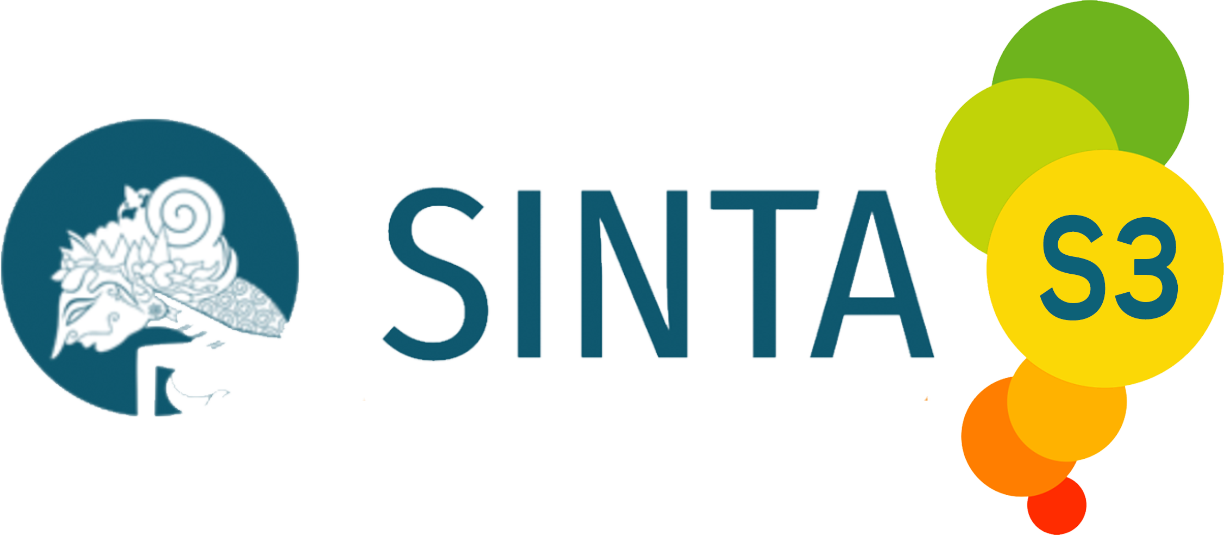Analysis of Overall Equipment Effectiveness (OEE) Enhancement With Total Productive Maintenance Improvements in Rubber Company
DOI:
https://doi.org/10.32734/dinamis.v12i2.18817Abstract
This research was conducted at a company engaged in rubber processing. This company plants, maintains, and processes rubber to produce Crumb Rubber. Based on observations during the study, it is known that there are defective products with an average of 400 kg per month. The type of defect found in the product is a white spot. Defects in these products are caused by failures in the performance of machines that experience thirst or collection, causing white spots in the products produced. This study aims to improve the company's performance by reducing defective products by analyzing the factors that cause a decrease in company performance, measuring the overall equipment effectiveness (OEE) value, and providing an improvement design to improve machine performance so that defective products can be minimized. The research found that two dominant factors cause high machine breakdowns: maintenance schedules and raw material quality. Based on the calculation results, the average overall equipment effectiveness value is 46%. Machine performance is not according to OEE standards due to the average value of the availability rate being 80%, the performance rate being 93%, and the quality rate being 57%. Based on this, the improvement design for the low OEE value is to improve the suggestion system, improve the quality control group, and implement the company's PDCA (Plan, Do, Check, Act) cycle.
Downloads
References
S. Kamal and Sugiyono, “Analisis Pengendalian Kualitas Produk Kantong Semen menggunakan Metode Seven Tolls (7QC) pada PT. Holcim Indonesia, Tbk,†J. Ilm. Manaj. Bisnis, vol. 3, no. 1, pp. 122–134, 2019.
D. Miftah Siraj and E. Suhendar, “Analisis Pengendalian Kualitas Produk Mengunakan Metode Taguchi dan FMEA di PT Raharjo Perkasa Multikarya,†J. Indones. Sos. Sains, vol. 3, no. 12, pp. 1635–1664, 2022, doi: 10.36418/jiss.v3i12.750.
F. R. Supoyo and R. A. Darajatun, “Analisis Pengendalian Kualitas Untuk Mengurangi Defect Parking Brake dengan Metode FMEA di PT XYZ,†J. Serambi Eng., vol. 8, no. 1, pp. 4438–4444, 2023.
A. E. M. Mulya, Rita Tri Yusnita, and Suci Putri Lestari, “Pengaruh Preventive Maintance dan Breakdown Maintance Terhadap Kelancaran Proses Produksi,†J. Ekon. dan Bisnis, vol. 1, no. 2, pp. 7–12, 2022, doi: 10.57151/jeko.v1i2.38.
T. Alda, “Performance Measurement Analysis Based on Baldrige Excellence Framework in Palm Oil Company,†J. Sist. Tek. Ind., vol. 23, no. 2, pp. 146–154, 2021, doi: 10.32734/jsti.v23i2.5890.
Muhammad Khoirul Ihsan and Yohanes Anton Nugroho, “Analisis Perawatan Mesin Sizing Menggunakan Metode Total Productive Maintenance Pada Pt Urw,†J. Cakrawala Ilm., vol. 1, no. 12, pp. 3511–3526, 2022, doi: 10.53625/jcijurnalcakrawalailmiah.v1i12.3078.
M. Irfan, “Analisis Overall Equipment Effectiveness untuk Meningkatkan Keefektifan pada Mesin Press,†J. Indones. Sos. Teknol., vol. 2, no. 07, pp. 1173–1182, 2021, doi: 10.36418/jist.v2i7.194.
R. H. Putra and I. Nurjaman, “Analisis Overall Equipment Effectivenes dalamMengurangi Six Big Losses pada Mesin Bubut dan Besin Milling,†Pros. Semin. Nas. Teknol. Ind. Berkelanjutan IV (SENASTITAN IV), no. Senastitan Iv, 2024.
Saryanto, M. Prasetyawati, L. Dewiyani, and W. Sudarwati, “Upaya Penurunan Defect Porosity Pada PT. EPI Menggunakan Metode PDCA,†J. Tek. Ind., vol. 10, no. 1, pp. 22–33, 2024.
M. Prasojo, Giyanto, and M. Rahayu, “Implementasi Metode PDCA Dan Seven Tools Untuk Pengendalian Kualitas Pada Produk Sheet Di PT. Kati Kartika Murni,†JIMTEK J. Ilm. Fak. Tek., vol. 1, no. 3, pp. 195–210, 2020.
Additional Files
Published
How to Cite
Issue
Section
License
Copyright (c) 2024 DINAMIS

This work is licensed under a Creative Commons Attribution-ShareAlike 4.0 International License.






